I raised my binoculars, expecting to get a view of a mule deer. I often spotted them in this little valley, and when I saw the tan form, I knew what it was. Or thought I knew. Because as I focused on the animal, something seemed off. And then it moved. It had a long tail.
A mountain lion. While the encounter only lasted seconds – the big cat quickly bounded away – it remains one of my favorite wildlife sightings.
I saw this lion in the canyon country of southwestern Idaho. It may have been a spectacular sight, but no one questioned me. Mountain lions are fairly common, if seldom seen, in Idaho.
On the other side of the country, mountain lion sightings evoke a fiery passion. Many fervently believe mountain lions stalk much of the eastern United States, including the most densely populated state, New Jersey.
Idaho’s Owyhee County, where I saw my first mountain lion, is larger than the entire state of New Jersey. And it is home to fewer than 13,000 people. There’s plenty of space for a mountain lion to hide. In New Jersey, with 9.25 million people? Much less so.
Still, sightings persist. Are there mountain lions in New Jersey? Is it even a remote possibility?
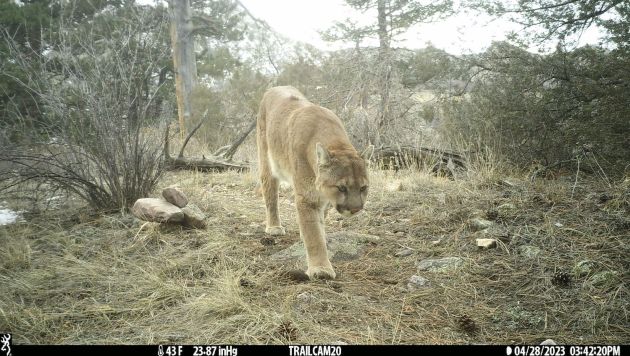
The Eastern Lion
I’ve followed the arguments over eastern mountain lions for decades. I grew up in the woods of Pennsylvania and know the strong opinions this topic generates. In fact, the first outdoor story I was ever paid to write – for Pennsylvania Afield (now Pennsylvania Outdoor News) in 1991 – was about mountain lion rumors in Pennsylvania.
I found it a fascinating subject. You could hear some wild stories sitting around small-town bars. The state game agency is unloading truckloads of mountain lions at night. Not only are there mountain lions, but also black panthers. That sort of thing.
But not all lion incidents could be so easily dismissed, told by serious hunters, naturalists and loggers. These were people who spent a lot of time in the woods and were not prone to Bigfoot-style tall tales.
Eric Olsen, director of conservation programs for The Nature Conservancy in New Jersey, has heard the stories, too. “I’ve talked to more people who believe they’ve seen mountain lions then I can count,” says Olsen. “It does make you think. But I’m a skeptic that there are mountain lions here in New Jersey.”

Mountain lions once ranged across much of the United States, but they were eradicated from most parts of the East by the early 1800s. The population in Florida has managed to hang on. Elsewhere, actual evidence – photographs, camera trap footage, verifiable signs – remains slim.
But there are actual instances that fuel hope. In 2011, a lion was confirmed to be in Connecticut. It had roamed from South Dakota through the Midwest and East. (The full story is masterfully told in Will Stolzenburg’s book, Heart of a Lion). With many western populations of mountain lions thriving, individuals could disperse and find abundant white-tailed deer in the East. But could they survive and thrive there?
The Connecticut lion could not: it was killed by a car strike.
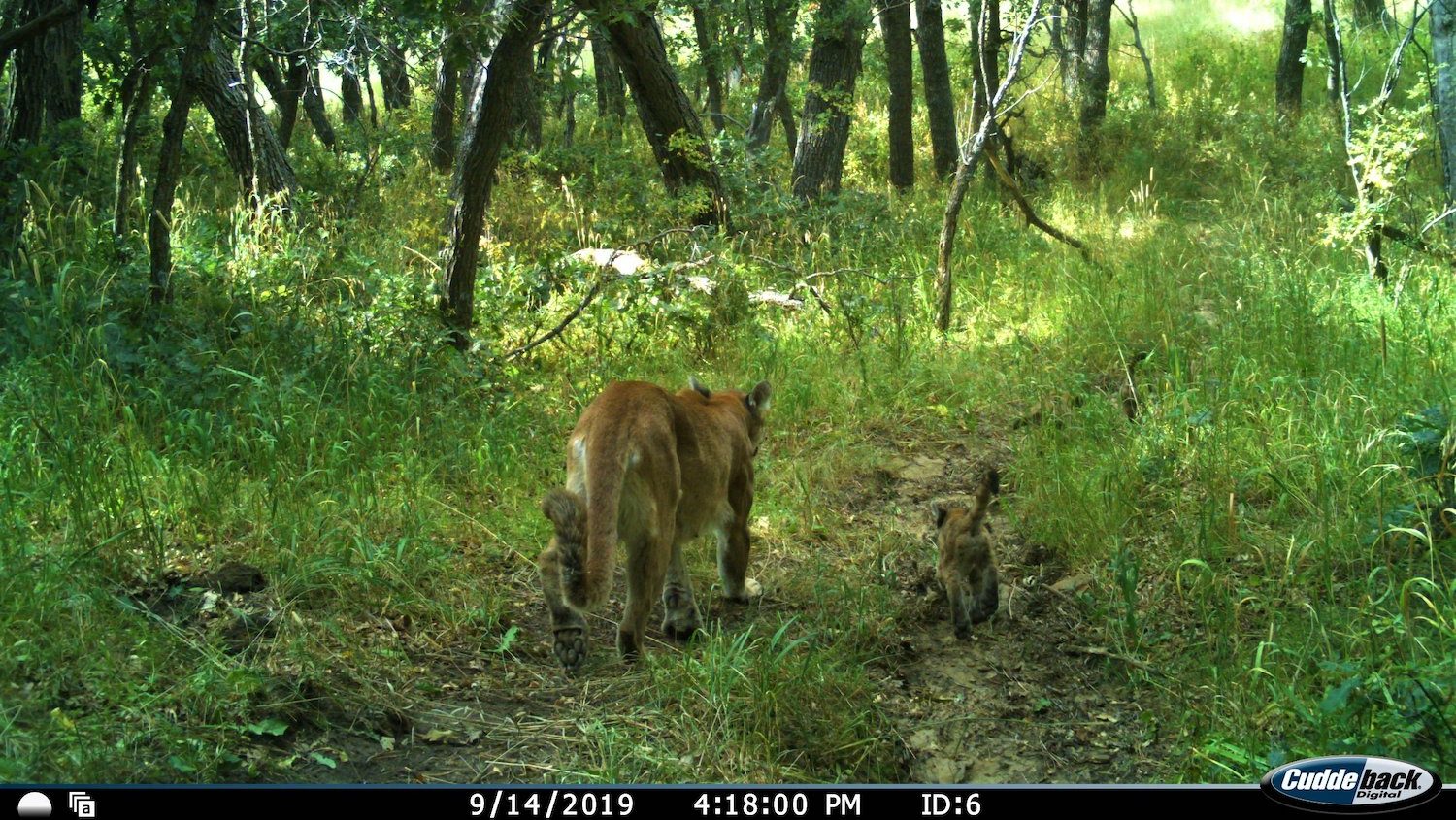
“There are places in New Jersey big enough to sustain a mountain lion or two,” says Olsen. “But there are still people who reside in those landscapes. There are still roads. I would love to think that New Jersey could sustain mountain lions. But the hard evidence has not been found.”
He notes that biologists have utilized scat-sniffing dogs to find evidence of bobcats (more on this species later). The Nature Conservancy and other organizations have wildlife cameras at road-stream crossings, at preserves and in other areas used by wildlife. And still: no evidence.
I’m a skeptic too, in no small part because of my experience with mountain lions in the western United States. They are certainly elusive and difficult to spot. Even where they’re common, you rarely if ever catch a glimpse of one. They often roam in some of the largest wildernesses and national forests in the continental United States.
While sightings may not be common, people do see them, photograph them, find easily verifiable kills and tracks and scat. Animals get killed on the road. There’s never any doubt. They’re here.
So what exactly is going on with mountain lion sightings in the eastern U.S.?
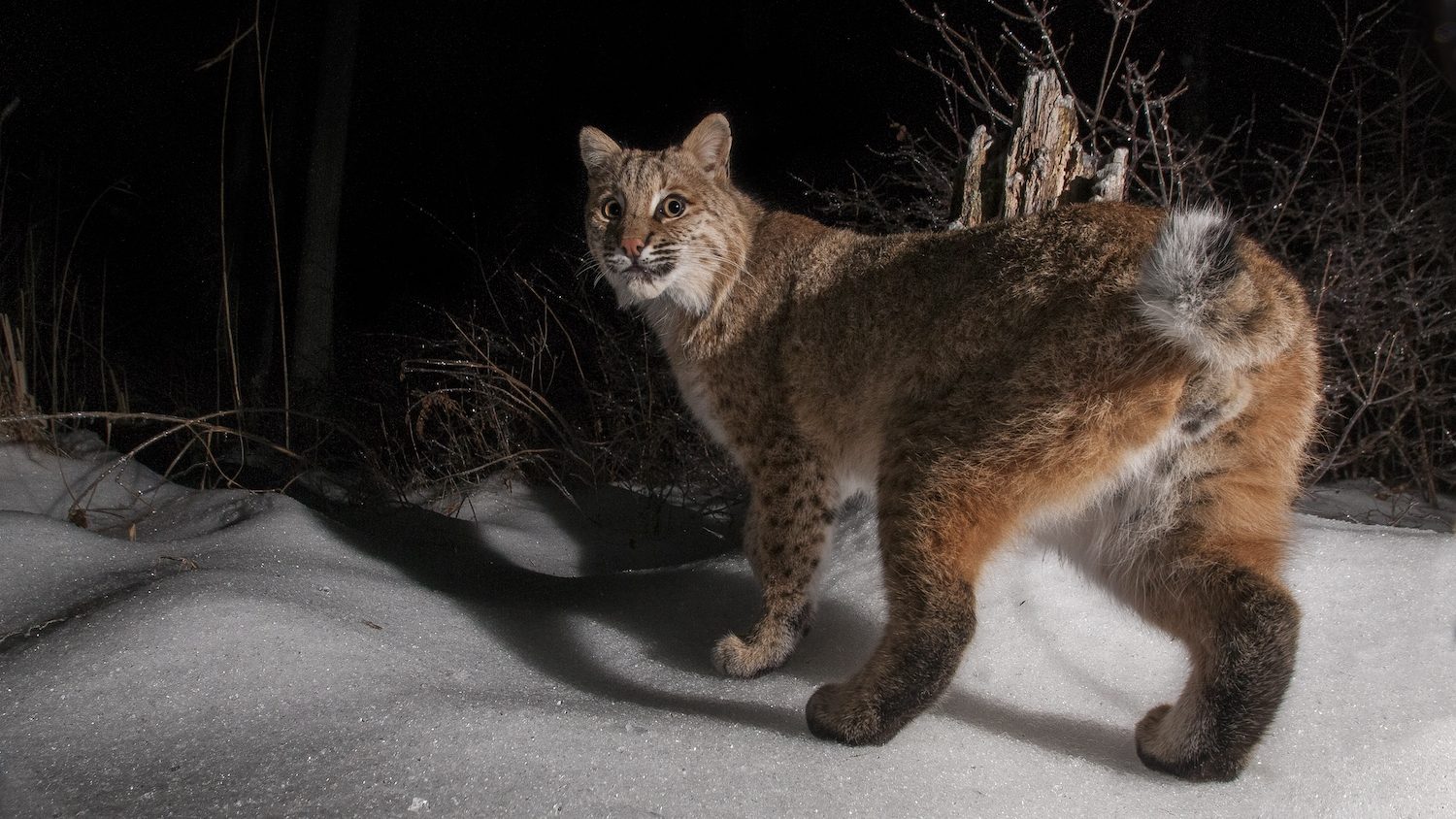
A Case of Mistaken Identity?
I pose the question to my friend and former Nature Conservancy forester Mike Eckley. Eckley has spent years on forest projects in Penn’s Woods, including the area in the central part of the state known as the “Pennsylvania Wilds.” He tells me he’s never seen any evidence, either, but has heard many stories from reliable sources.
“A key thing to remember is that there are a lot of people who are into exotic, wild pets,” says Eckley, now a lecturer in forestry at Penn State-Dubois. “Sometimes these animals can escape or be intentionally released. A lot of sightings are actually near urban areas. People might see a mountain lion that’s a released pet, and then these animals tend to quickly perish.”
It brings back a memory from my Pennsylvania youth, when my grandparents took me to visit a friend who kept a pet mountain lion in their backyard. I recall the fence made me a little nervous, and few would have been surprised if that cat escaped. Indeed, a lot of really weird animal sightings around the globe are due to animals escaped or released from private zoos and game farms.
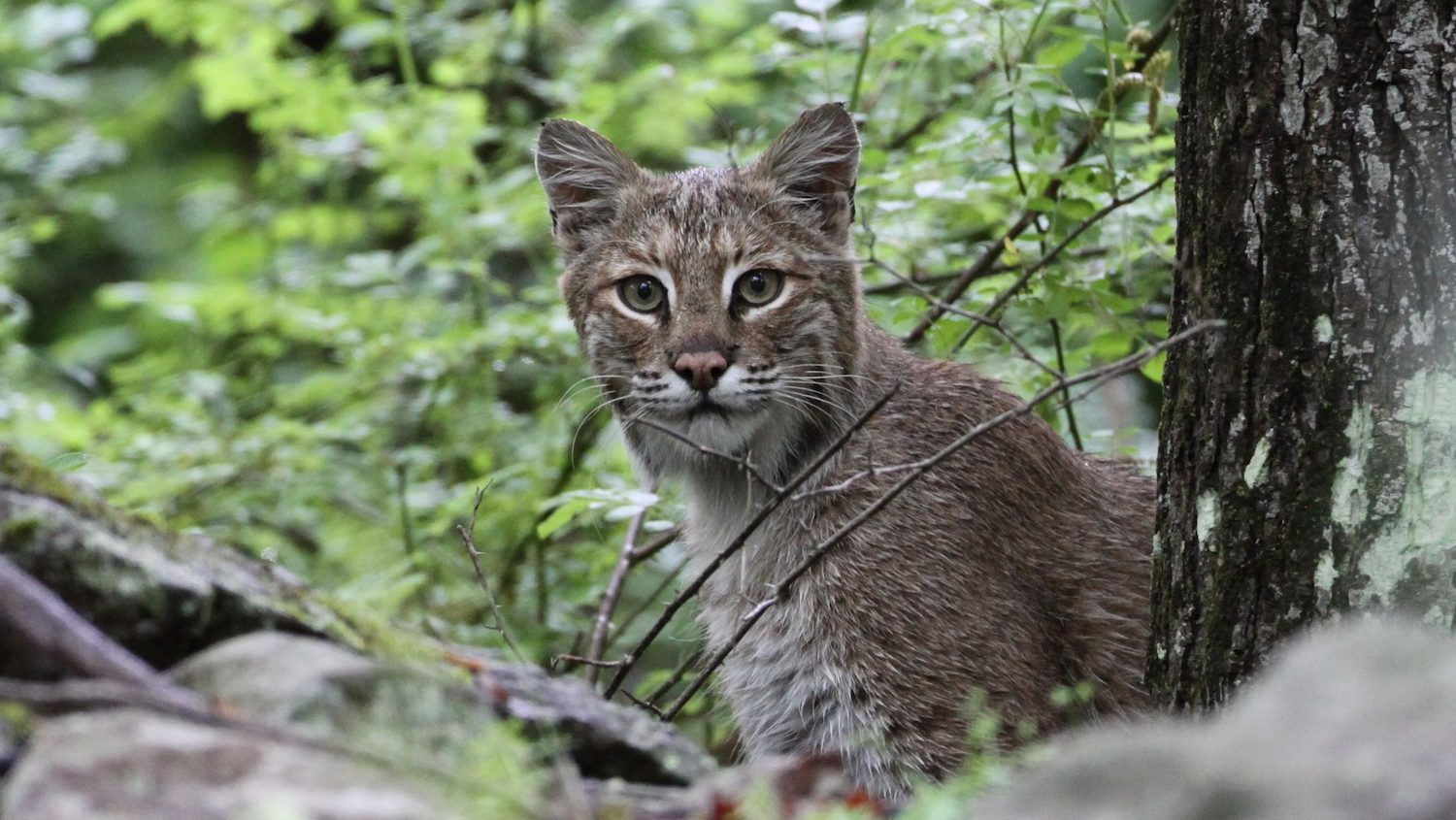
But perhaps a more common reason for all the mountain lions is simple misidentification. Bobcat populations have increased significantly, a huge conservation success. In New Jersey, bobcats were extirpated but reintroduced in the 1970s. “There are now an estimated 350 bobcats in New Jersey,” says Olsen. “They’ve learned to live within human-inhabited landscapes.”
They are also shy and elusive, but people do encounter them. And it’s not unusual for people to mistake them for mountain lions. “If you’re seeing a bobcat for the first time, they’re larger than you think,” Olsen says. “I can understand how you could think it was a mountain lion.”
Eckley agrees. “I think misidentification is the most common explanation,” he says. “A lot of times, whether in an actual sighting or a camera trap, there’s no frame of reference. It looks like a really big cat.”
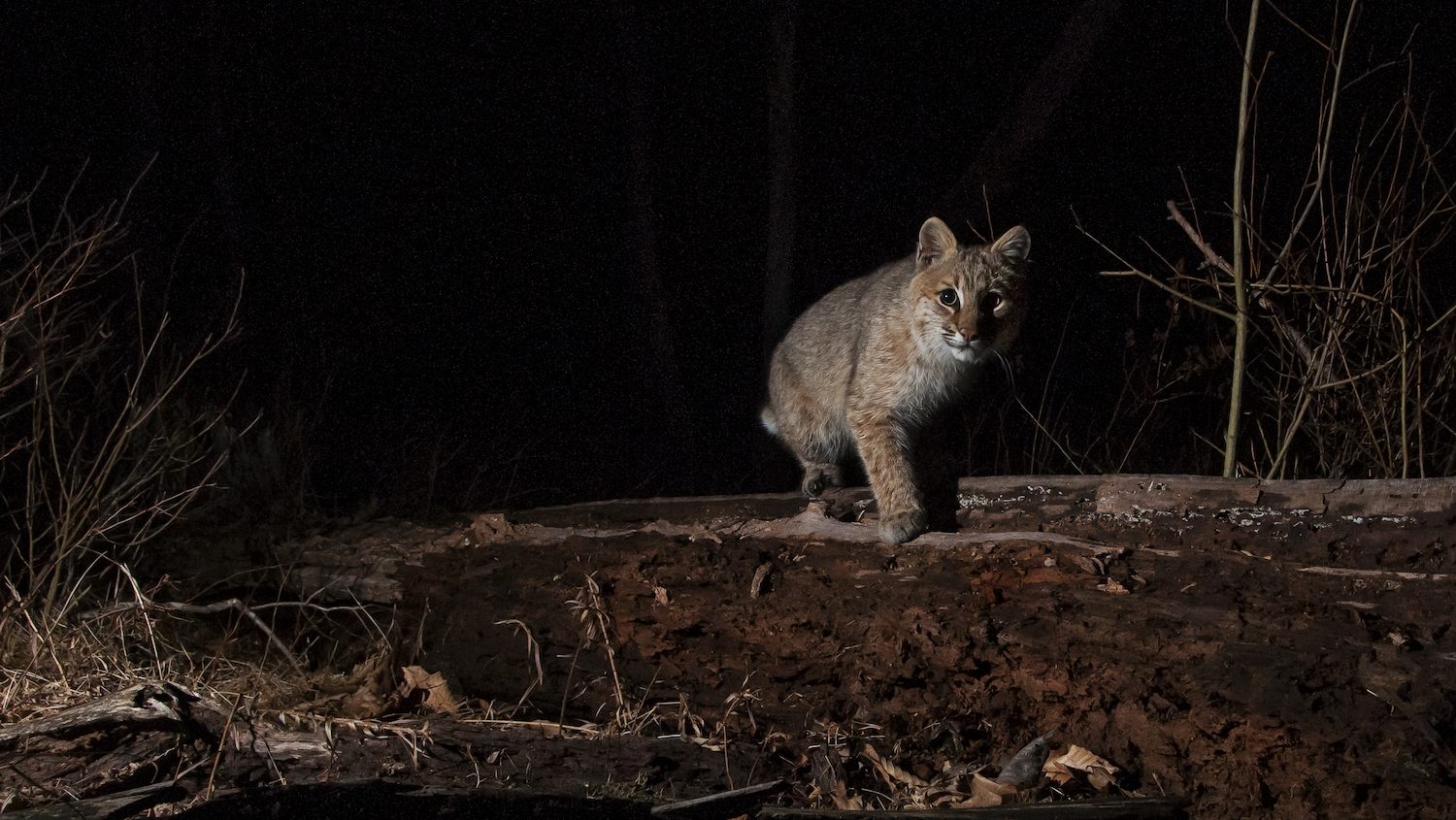
If you’re wondering, there are a couple of things that can help. First, refer to my previous field guide to commonly misidentified wildlife. Namely, this rule: “If in doubt, it’s probably the least exciting option.” You simply have to rule out bobcat before you can ID a cat as a cougar.
There’s one really simple distinguishing characteristic: the tail. The bobcat, as its name implies, has a bobbed tail, quite short and stubby. The mountain lion has an unmistakably long tail.
Assessments like this invariably make some people angry. Both Olsen and Eckley note they have not ruled out the possibility of mountain lions. They just want to see hard evidence.
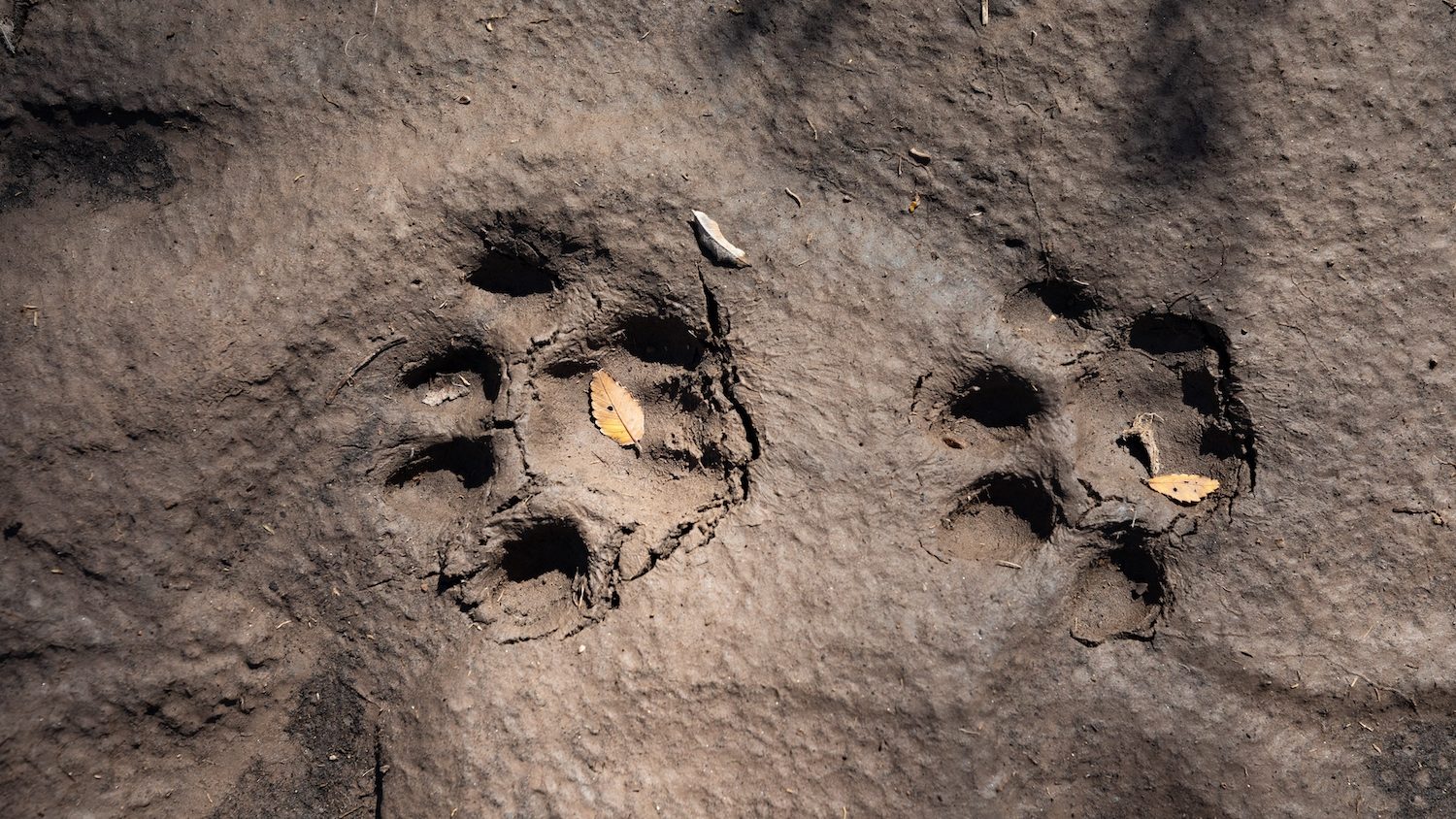
Could Lions Return to the East?
To me, the most compelling question is not “Do mountain lions exist in New Jersey?” It’s: “Could they?”
I recently fished for brook trout in New Jersey’s portion of the Delaware Water Gap National Recreation Area. As I walked along beautiful mountain streams, I saw tracks of black bear and whitetail, and caught beautiful native trout. At times, it felt difficult to believe I was so close to millions of people.
Olsen notes that New Jersey is projected to be the first state in the nation to reach functional buildout, meaning nearly all land has been developed or conserved. But he notes that conservation has also been remarkably successful in such a densely populated state. New Jersey’s Green Acres program and many non-profit organizations, towns and counties have played important roles in preserving land.
TNC has protected more than 60,000 acres in New Jersey, no small task in a small, highly populated state with high property values. Lately, establishing corridors between conserved lands has taken on new importance with species needing space to move amidst dense roadways and challenging climate conditions. One such effort is protecting a 96,000-acre corridor for bobcats to move, known as “Bobcat Alley.”
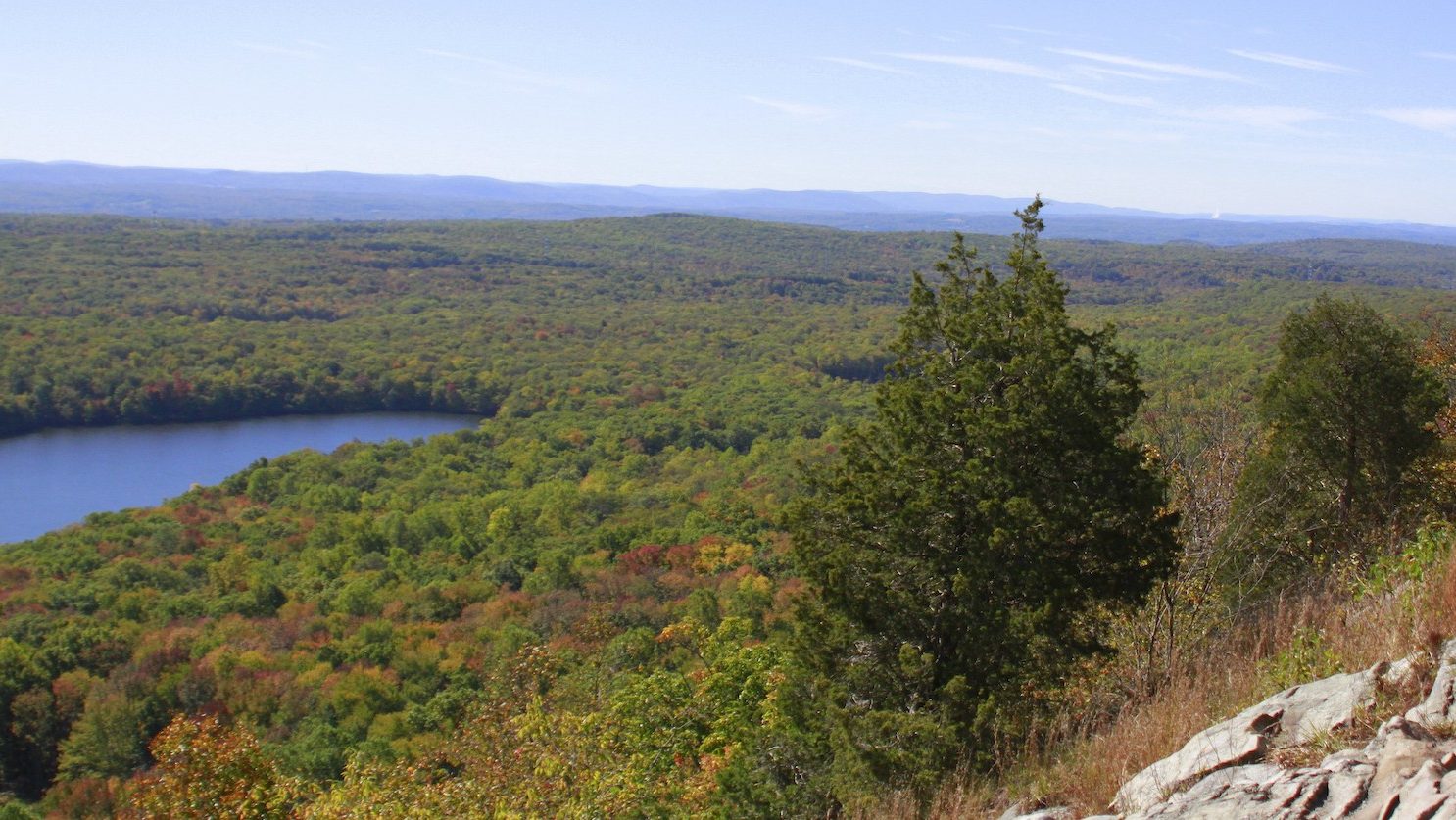
“We’re protecting forests, fields and farmlands, preserving the best of what’s left for nature so species have the ability to thrive,” says Olsen. “And then we take it the next step: how can we connect protected areas in other states in the Appalachians?”
TNC’s work in the Appalachians focuses heavily on this connectivity. That gives species room to adapt and roam.
Mountain lions are famous roamers. They’re territorial, so young animals often strike out in search of new territory. If they came east, they’d need these connected lands. And they’d need prey. “The prey base is there,” says Olsen. “Our ecosystem is out of balance with too many deer. The forests are suffering as a result. The mountain lions would have plenty to eat.”
New Jersey's Bobcat Alley
Once nearly extinct in New Jersey, bobcats are trying to make a comeback. To survive, they need room to roam.
As such, the eastern mountain lion must be considered not a creature of the past or of myth, but a creature of hope.
“I bring a lot of skepticism to the topic, but I also do have hope,” says Olsen. “I hope that we will have done a good enough job of protecting and connecting habitat that there could be a time when lions arrive on their own – and survive and thrive here.”
For now, bobcats remain New Jersey’s only native wild feline, and even they can lose as much as 25 percent of their annual population to automobiles. Protecting and connecting strategic land in New Jersey and the Appalachian states is the best way to ensure they continue to have a home – and maybe even to give big cats with longer tails a chance to survive in the East.
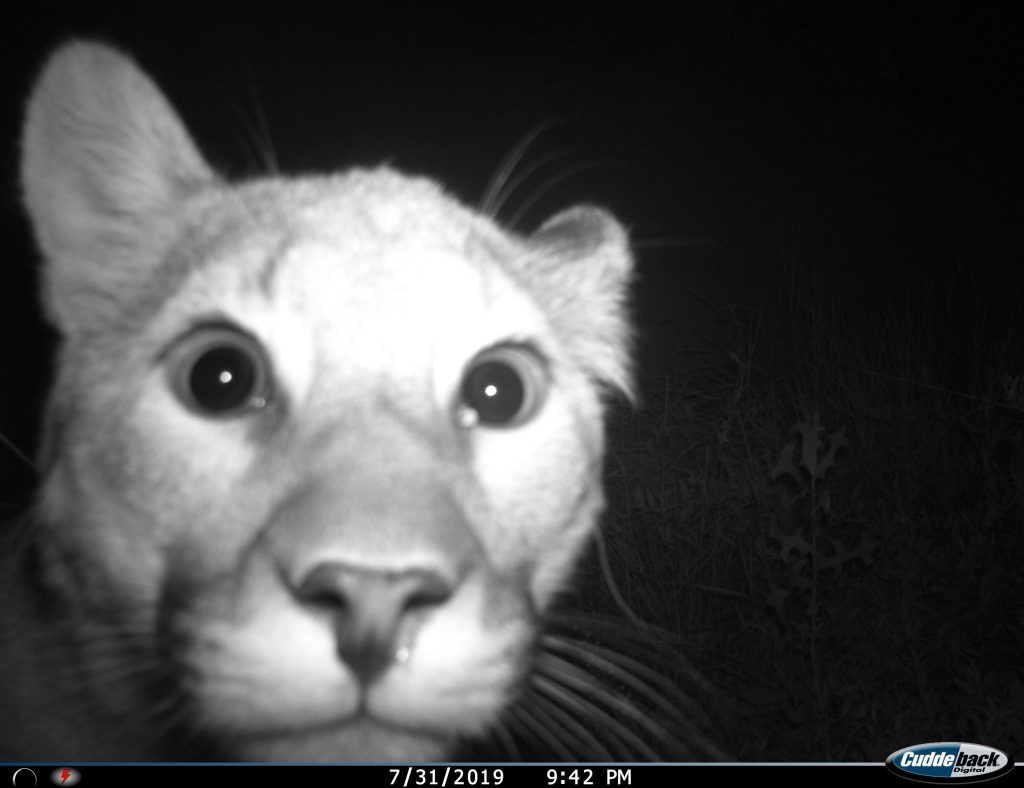



Saw one about 6 am on my way to work back around ’96. Not from Jenny jump, near the highest point along one of the county routes. Came from under the guardrail, crossed in front of me and jumped over the other side. Absolutely 100 percent sure because of body length and its tail. Reported it to fish and game, grabbed a quote from the official (loose exotic pet he surmised) and ran it as a lead item on wrnj on my morning news shift. Checked where it crossed on the way home. It had come up a loose, steep gully, nothing track wise due to the ground condition and no hairs to be found on the guardrail. I’ve always believed that region going up to the Appalachian ridge and into Sussex co. Could easily hide a healthy small population.
It maybe with this constant construction 🚧 and building going up every where. So it’s moving the animals out their habitats and into areas that they usually not show up. Then animals get killed or tranquilized and put them in a sanctuary. Animals were on this earth first but man is the man predator of them by destroying their environment and so now they in neighboring cities and and state far from there home so sad 😭. Have of some buildings that goes up is hardly used man is destroying the earth 🌍 smh 🤦🏽♀️ but that’s predicated in the Bible how it will be in the last days 1Tim. 3:1-5 no humanity to ppl or animals, selfish just think about self then now. People crying 😭 about climate change please you know what I can go on and on but this give me a headache 🤕.
2016 Green Towship, Sussex County
I saw a mountain lion and have photos. BIG cat, long tail, no mistaking it. I also see bobcats every once in a while. They’re both around.
Many years, I saw what was obviously a large cat run across the road in front of me while i was driving on rte70, between rte 72 and Holiday Village in the Pine Barrens. It was unmistakable, only cats run that way. Now maybe it was someone’s escaped “pet”, but it was big, much bigger than a bob cat.
I saw a mountain lion in Stokes State Forest in Sussex County, New Jersey in 2009.
I believe it might have also been the lion that was hit and killed in Connecticut two years later.
Sussex County and Warren County, in Northern Jersey have the perfect environment for a lion to live. There are plenty of forests and mountains and plenty of prey species such as white -tailed deer and wild turkeys for them to sustain on.
I saw a mountain lion in edison nj a few years back in an industrial center!
I also saw a mountain lion around 2013. I was cutting through a neighborhood in hohokus NJ and saw it calmly walking up a homes front walkway. Unmistakable, huge cat with a very long tail. I would have easily taken a picture, but I didn’t know at that time that it was a rare sighting. There is a stream with protected woodlands on both sides which would be an easy corridor for it to head north into New York State.
I continued home and looked up big cats to figure out what I saw and there was zero doubt, I saw a mountain lion. Then I read how they aren’t in NJ and saw all of the arguing and the government refusing to acknowledge sightings.
I wish NJ would embrace the Wildlife Bridge idea over highways
I grew up in Morris County in the mid fifties and would hunt, fish and trap. One morning I saw large tracks in the snowy swamp and the dairy farmer next door said he thought he saw a bear. There were no wild turkeys or coyotes then either. I heard a scream like a woman being attacked and someone said it was a bobcat mating call.
Yes there are mountain lions in New Jersey. My wife and I had a 10 second look at one. We were astonished. Looking at each other and saying “that’s a lion”. New Jersey Pine Barrens. About 5 years ago. Got a real good look too. About 150′ away. You could not convince me otherwise.
There is a mountainous area in Warren County near Hackettstown, in northwest NJ, called Panther Valley and the residents claim it is aptly named.
I saw a cougar leaving Lehigh Carbon CC west of Allentown PA… I was peering as best I could in the far parking lot and the way it bounded it was clearly a large cat and our mascot is a cougar. I was told mainly live in the Trexler Preserve back behind the college and adjunct to Lehigh Valley Zoo.
There are, without a doubt, mountain lions in New Jersey. We have seen tracks and scat to prove it on walks in the Pine Barrens down south. These animals are excellent at remaining hidden and can hear and smell you long before you would ever know they are they are there. They want nothing to do with people, they eat mostly deer and smaller game which are abundant in all of New Jersey. The lack of wolves also means there is almost no competition. It’s ignorant to think you could possibly know for a fact that there aren’t any. I know people who can’t even find their housecat half the time. They are there, just like they have always been.
Although I haven’t seen one myself I have about a dozen customers who have 2 in Mountain lake Warren cty, a few in Blairstown area, a few in Hellertown PA and one in Rosetto PA. The Rosetto one showed me a trail cam video of a big cat, long tail. I watched the video standing about where the trail cam had been placed so I was able to get a good reference of the distance. On top of that there was a recent snow so the contrast of color really stood out. Definitely a mountain lion. The 2 in mountain lake came face to face with the lions and were on different occasions by different people who don’t know each other
I live in Teaneck NJ and see Bobcats all the time around Farleigh Dickerson University, which is on the Hackensack river.. I’ve also encountered a large Bobcat walking across road by the AMC movies in Ridgefield, NJ. Adjacent overpeck creek . Also near overpeck creek in Ridgefield walking like a huge wearwolf across road was a Coydog. Fox scamper about at night. Looking like a rolling sea are legends of. Rabbits, some big as western Jack rabbits. Marmots in day time, so many of them. Large Deer walking around in day time in too. As soon as you cross into NJ from the G.washingtom bridge.